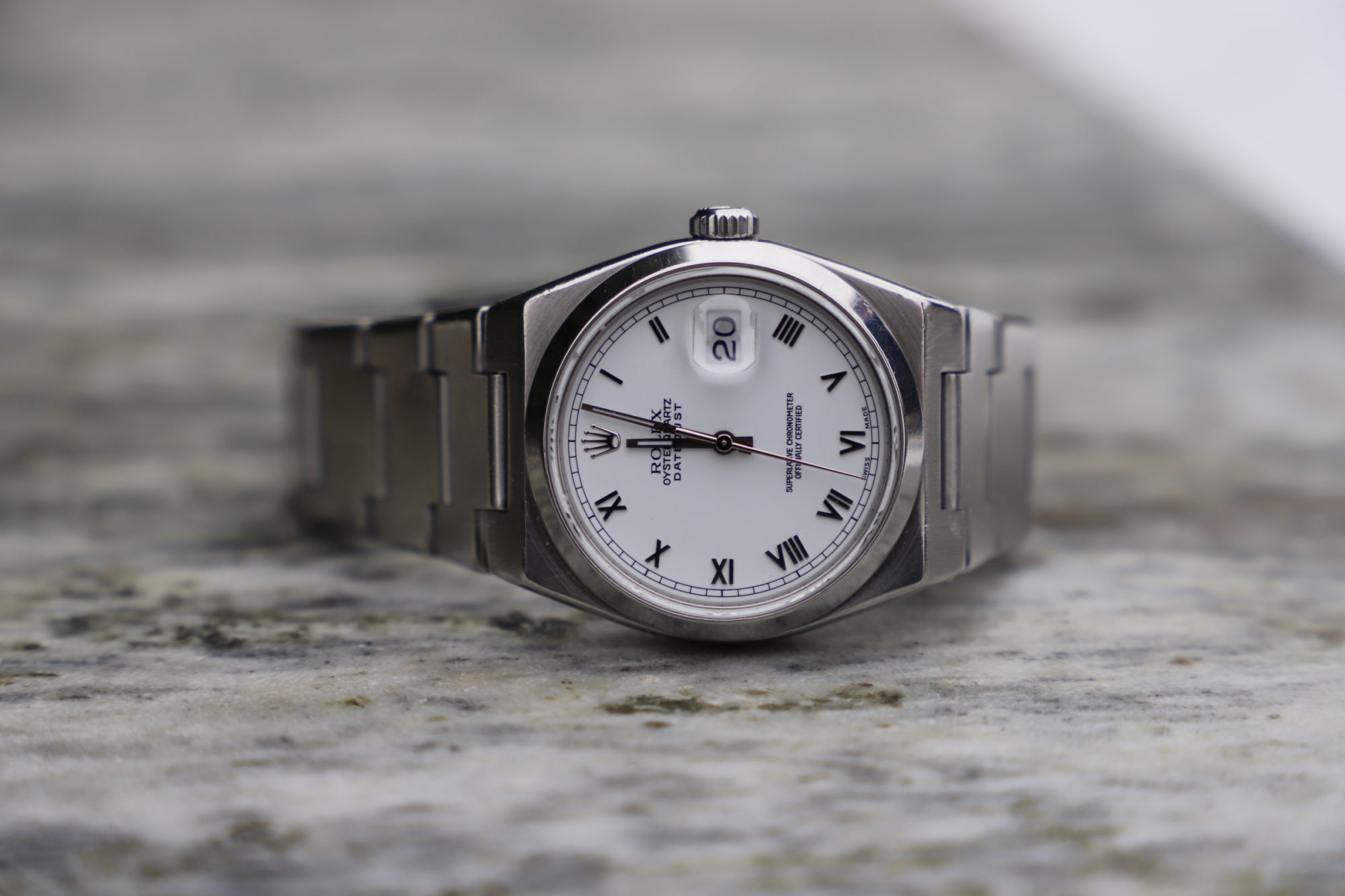
Top 13 Facts About Quartz Watches – Interesting Things to Know
Quartz is the most common type of movement in wristwatches today. Whilst mechanical movements are the traditional and only way that watches were made back in the day, quartz has taken the world of watches by storm since first being introduced in the 1970s.
Today, the vast majority of watches that are manufactured today are powered by quartz movement. This is due to several different reasons, but the most important is price. Mechanical watches contain many different parts and almost always need to be assembled and manufactured by hand – by professional and experienced watchmnakers. Quartz movements, on the other hand, can be mass-produced entirely without human interference at a rapid pace. As a result, quartz watches can be made extremely affordable and are thus available for everyone, regardless of their financial status.
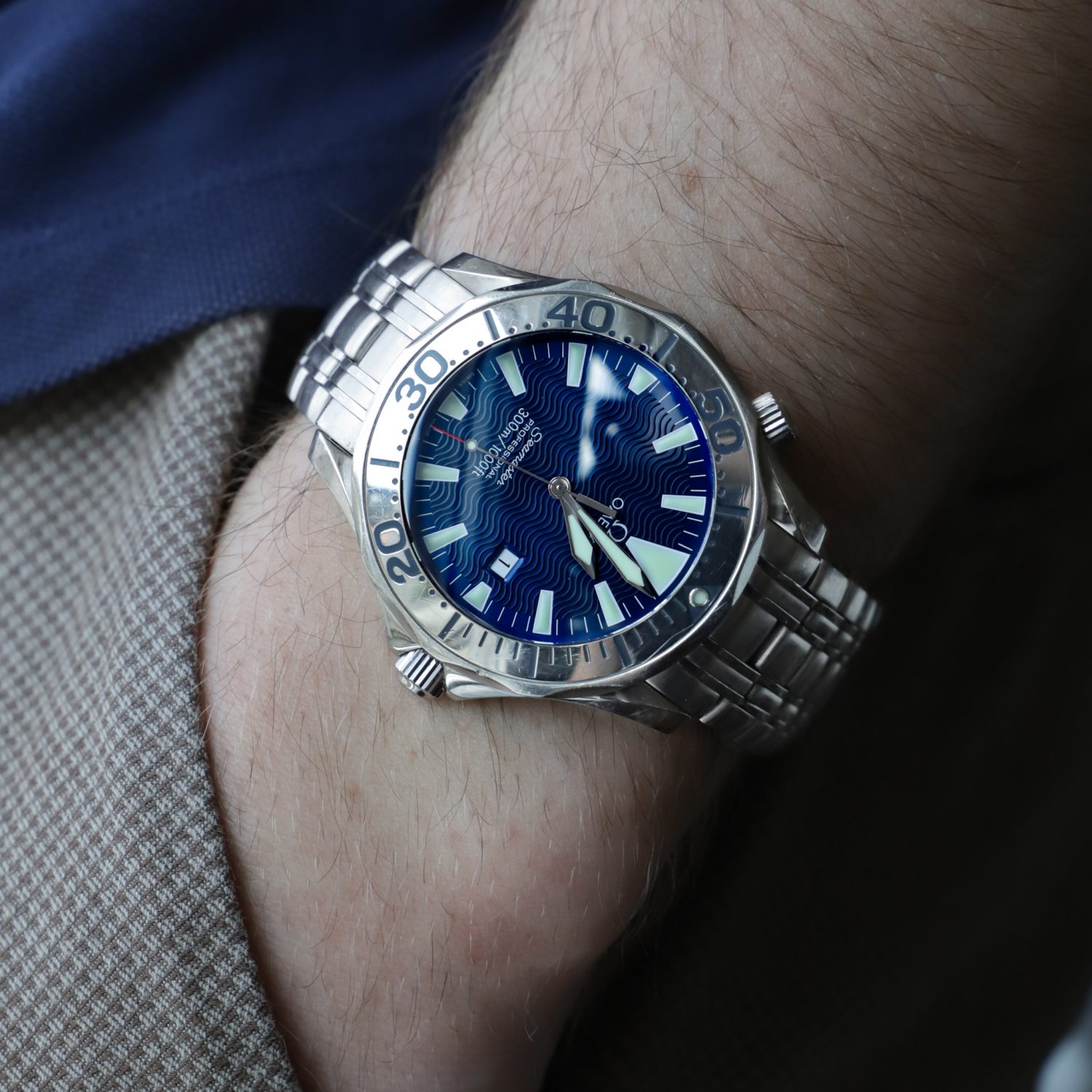
The history of quartz is a rather interesting one, from its beginnings in the 1970s when it caused the quartz crisis for the Swiss watch industry, to today where most of the wristwatches made use quartz.
In this article, we are digging deep into the world of quartz and taking a closer look at this type of movement that, quite frankly, has revolutionized the watch industry in many ways. Without further ado, let’s take a closer look at the most interesting facts about quartz movements and quartz watches.
Top most interesting facts about quartz watches
1. Quartz was officially released to the market in the 1970s
Before quartz, all wristwatches were made with mechanical movements. In other words, automatic or hand-wound consisting of hundreds of tiny parts.
Whilst the 1970s is known as the time when quartz wristwatches were launched on the market, quartz techniology was actually invented earlier than that.
Several watch brands competed for creating the first quartz wristwatch during the late 1950s and early 1960s, including brands such as Patek Philippe, Omega, and Piaget. In Switzerland, the Centre Electronique Horloger (CEH) was founded in 1962, consisting of about 20 Swiss watch manufacturers to develop a Swiss-made quartz wristwatch. At the same time, Seiko was working hard in Japan to develop quartz technology.
One of the first quartz watches was the Seiko Crystal Chronometer QC-951 which was a portable quartz clock. It was used as a backup timekeeping tool during the marathon events of the 1964 Summer Olympics in Tokyo
Seiko and Longines both launched prototypes of what became the world’s first quartz pocket watches during the Neuchâtel Observatory’s competition in 1966.
Lastly, both CEH and Seiko launched prototype quartz wristwatches to the Neuchâtel Observatory competition in 1967. As you can see, whilst the quartz crisis officially started in the 1970s, the development of quartz technology actually began earlier than that.
2. The quartz crisis began as a result of the launch of Seiko Astron
The Seiko Astron is known as the world’s first quartz watch, although, as mentioned, some prototypes were released earlier, as stated above. But the Seiko Astron was the first official quartz watch dedicated for mass-production on the market and it was launched by Seiko in December 1969.
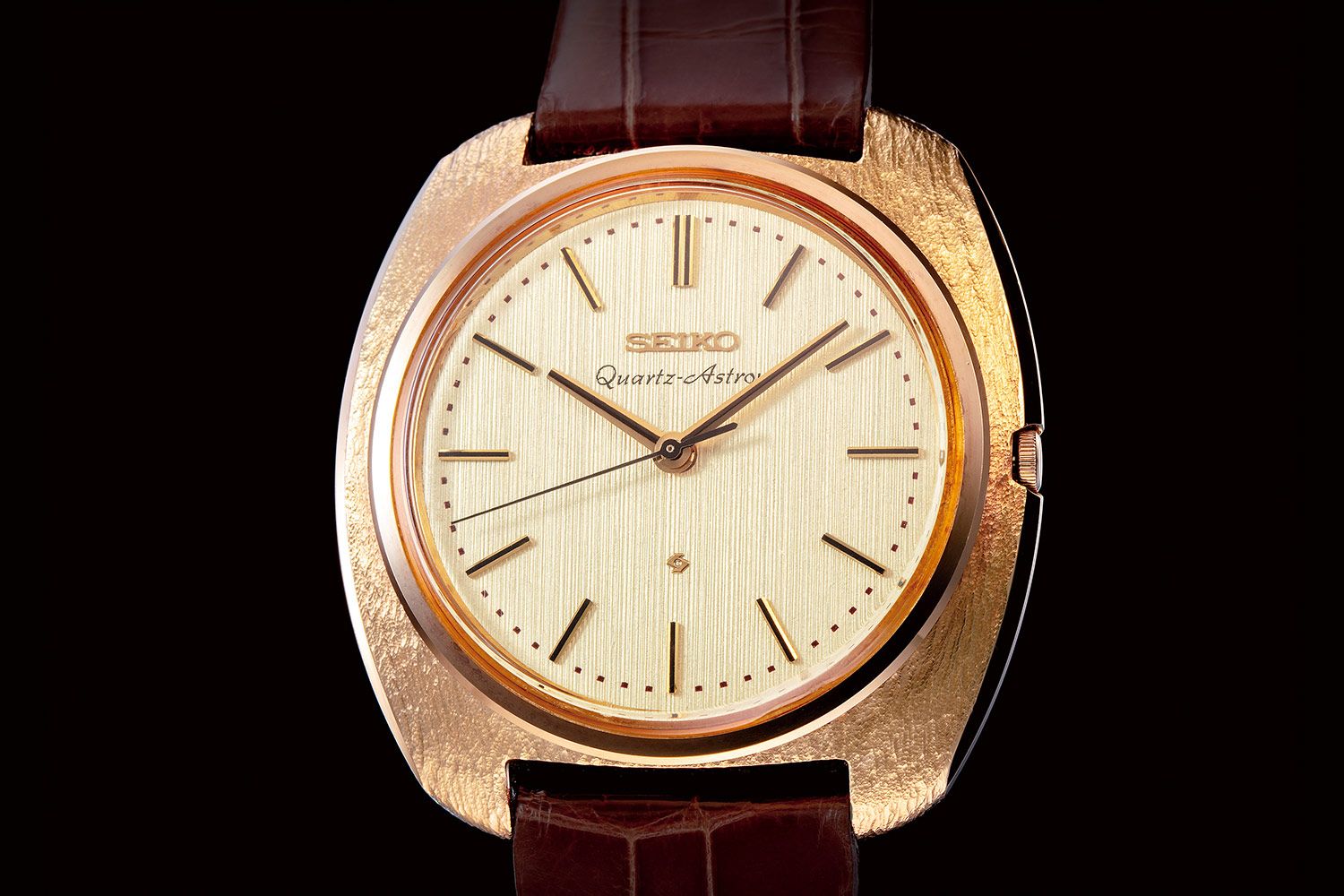
3. The creation of cheap Japanese quartz watches led to the quartz crisis
With the above-mentioned fact in mind, we can say that the Japanese beat the Swiss in developing a quartz wristwatch. The launch of the Japanese quartz watches would lead to huge implications for the Swiss watch industry, known as the quartz crisis.
The Swiss watch industry had always focused on fine watchmaking and producing mechanical movements. The Swiss were and are proud of their history and heritage ofproducing mechanical watches with great craftsmanship. Quartz watches, on the other hand, don’t require nor reflect the same level of craftsmanship in the manufacturing process. But when quartz came around, people saw it as something modern, exciting, and often superior. In many ways, quartz watches were superior to mechnaical watches, at least if you look at it from a perspective of what the consumer wanted.
- Quartz watches consist of fewer parts, thus making them much more affordable than mechanical
- Quartz watches are far more accurate than mechanical watches
- Quartz watches don’t require the same level of hands-on watchmaking assembly and expertise to manufacture
- People were intrigued by new digital technology during what is known as “the digital era” and quartz was seen as something modern
Bear in mind that during this time, the main reason people wore wristwatches during this time was simply to tell the time. People didn’t walk around with phones in their pockets all day like today and the wristwatch was a crucial tool for keeping track of the time. It wasn’t like today when a lot of people wear a wristwatch solely as a fashion accessory or because they appreciate the craftsmanship and fine watchmaking that went into making it. Instead, it was predominantly a practical tool for keeping track of the time.
With this said, it doesn’t come as a surprise that people found the Japanese quartz watches as superior and something intriguing, in contrast to the Swiss mechanical watches that had existed for hundreds of years and were both more expensive and less accurate than quartz.
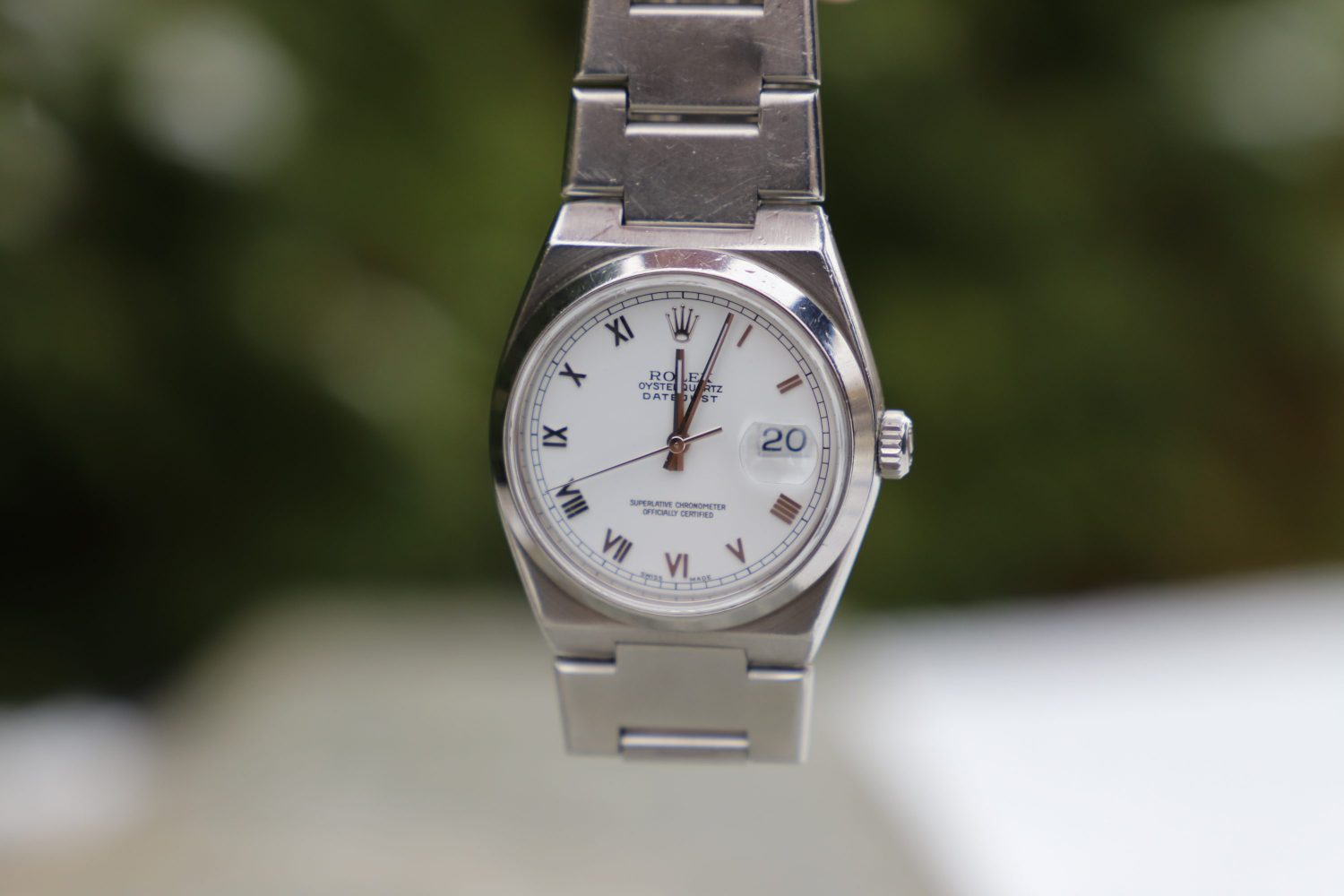
4. The quartz crisis led to huge issues for the Swiss watch industry
The quartz crisis is essentially the 1970s and early 1980s when Japanese quartz watches came around and gained huge popularity, thus leading to people choosing Japanese quartz instead of Swiss mechanical watches. To a large extent, quartz watches essentially replaced Swiss mechanical watches in many places around the world and led to a huge decline in the demand for Swiss watches.
Whilst Seiko was first, other Japanese brands would soon hop on the bandwagon with quartz watches, cinluding Citizen, Casio, and others.
The Swiss watch industry would continue to decline year-over-year during the 1970s and by the early 1980s, the Swiss watch industry stood in front of some serious challenges. In 1983, the Swiss watch industry had gone from 1,600 watchmakers in 1970 to 600. Many Swiss watch companies had gone out of business and most watch companies struggled with sharply declining sales.
5. The Swiss watch industry took steps to tackle the threat from quartz watches
By the early 1980s, the Swiss watch industry had reached a critical point and something had to be done to ensure the survival of the Swiss watch industry. As a result, the two biggest Swiss watch groups, ASUAG and SSIH merged to create ASUAG/SSIH (later becoming SMH) on March 1983.
The purpose of this was to save the industry and ensure that more Swiss companies did not go bankrupt. This organization was the predecessor of the Swatch group, which we are all familiar with. Swatch would actually become the company that would save the Swiss watch industry and revive it.
The group launched a new brand known as Swatch. These watches were meant to be cheap, disposable, and made in plastic. To ensure an affordable price point, they were built with fewer moving parts, 51, which was considerably reduced from that in a mechanical watch.
Moreover, to truly make it affordable, the production of this watch was almost entirely automated, thus keeping down production costs considerably. Upon its launch, the Swatch became a huge success and an extremely trendy watch. Everyone wanted a Swatch. As a result, in less than two years, Swatch had sold more than 2.5 million watches.
It’s safe to say that the Swiss greatest effort against the Japanese quartz watches worked.
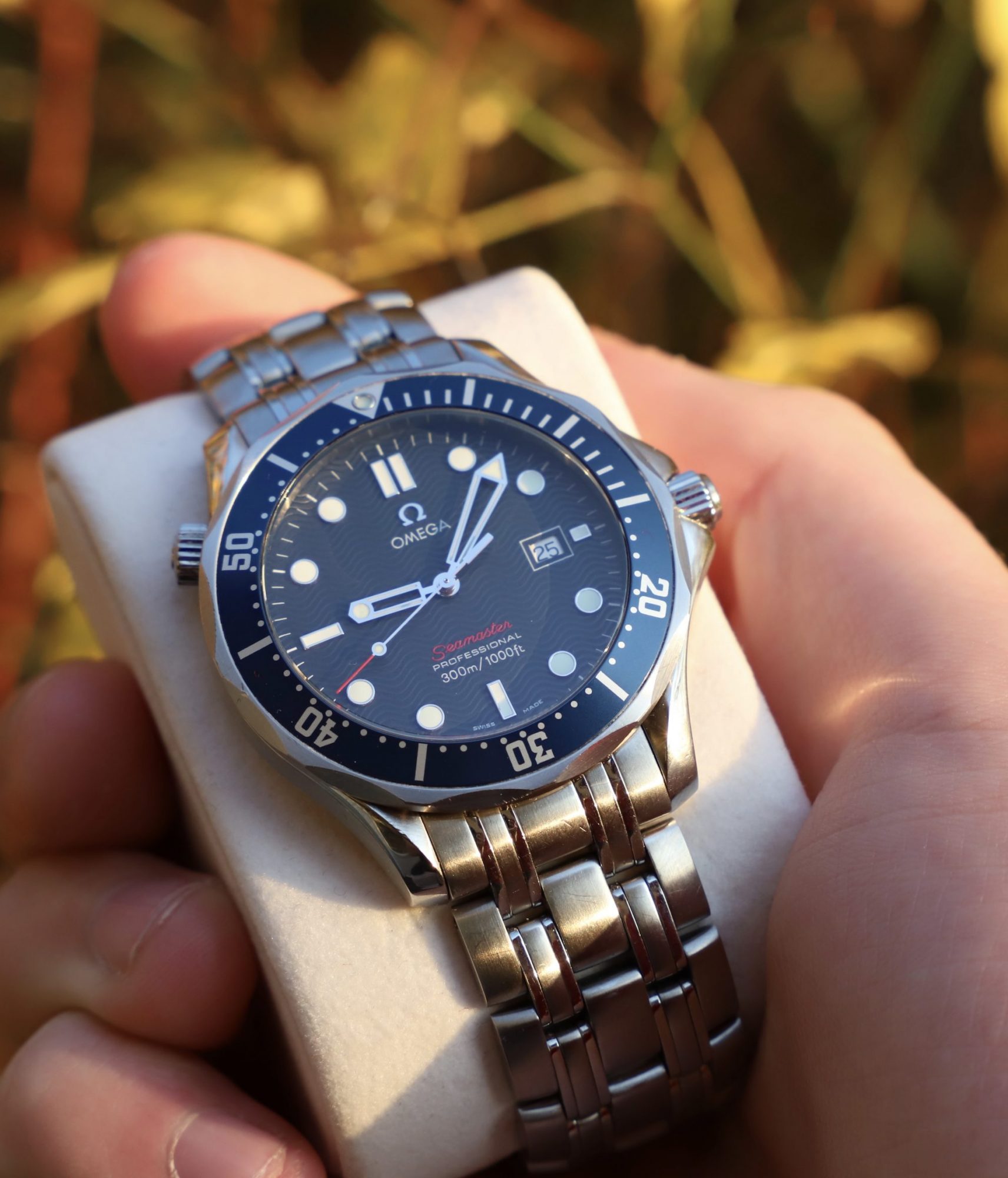
6. Quartz watches use quartz crystals
You may wonder: why is it called quartz? The answer is that it is because quartz movements make use of the quartz mineral. Quartz is a mineral that can be found all around our planet. As a matter of fact, quartz is the second most abundant mineral in the earth’s continental crust .
Quartz is composed of silicon dioxide and is crystalline.
So how do quartz movements use quartz mienral and why?
The technology behind a quartz movement is actually rather interesting. When pressure is applied to quartz minerals, they emit a small electrical charge. It is this eletrical charge that is so important for making a watch tick. Moreover, quartz can also use a so-called reverse piezoelectric effect, meaning that the quartz crystal oscillates at intervals when electrical charges are aplied to it.
It is this science behind quartz crystals that quartz watches use to make the watches tick. To make quartz watches work, a microchip circuit is used to apply a charge to a quartz crystal so that it oscillates at 32,768 times per second. When quartz was developed, engineers found that this was the exact rate at which quartz crystals oscillated, so they simply reverse-engineered it by creating micro-chips that registers 32,768 oscillations as one second.
The microchip “listens” to these oscillations and then converts them into an electrical signal every time the oscillations reach the last, 32,768th oscillation. This happens every second, and so it is what powers the second hand (and all hands) of the quartz watch and causes it to tick.
Because of the many oscillations per second and the precise frequency, quartz watches can keep extremely precise accuracy.
7. Quartz watches are exctremely accurate
Perhaps not the most surprising fact about quartz watches but do you know the reason why? It is the science behind quartz crystals that quartz watches used to make the watches tick. To make quartz watches work, a microchip circuit is used to apply a charge to a quartz crystal so that it oscillates at 32,768 times per second. When quartz was developed, engineers found that this was the exact rate at which quartz crystals oscillated, so they simply reverse-engineered it by creating micro-chips that registers 32,768 oscillations as one second.
Whilst quartz are known to be extremely accurate – far more accurate than mechanical watches, there will always be some deviations. One of the main reasons for this is that quartz crystals crystal react to changes in the atmosphere, for example shifts in temperature and pressure. We are talking only about a few seconds per months here in general, so the deviation is certainly not huge, but precise timekeeping requires exceptional precision.
8. Quartz watches were not always cheap
We have now discussed the technology behind quartz watches and with the technological complexity of a quartz watch, you may wonder how they can be so expensive?
You can find quartz watches in cereal boxes and as cheap as 10 dollars. How is this possible for something so complex?
Well, first off, quartz watches were not always as cheap as they are today. In fact, the first quartz wristwatch released in 1969, the Seiko Astron, as very expensive.
Originally, quartz watches were seen as something expensive and premium due to the complexity of their technology. But at the same time, they had superb accuracy.
But over the years, manufactured watches started to improve and refine their manufacturing techniques. Watchnakers developed ways in which quartz watches could be mass-produced without any human interference and at a rapid pace. Mechanical watches, on the other hand, almost always requires professional watchmakers to carefully assemble the many watch parts one by one. But today, brands like Citizen can produce as much as 1 quartz movement per second via fully automated machines without any human intervention.
Naturally, the fact that quartz can be produced without any human intervention and be fully automated allows mass-production and low production costs. As a result, the prices can be kept extremely low to the end-consumer.
9. Many watch brands make both quartz and mechanical watches
Whilst you may think that there’s a great anger against quartz from the Swiss watch industry after quartz almost killed the industry, this is not the case. Instead, the Swiss watch industry has moved on. Whilst some watch brands, for example Blancpain, has promised to never make a quartz watch, ever, most Swiss watch brands make quartz and mechanical watches side-by-side.
Moreover, during the quartz crisis, many Swiss watch brands thought “if you can’t beat them, join them”, which resulted in them starting to produce quartz watches. After all, that was what the market was requesting at the time. Bear in mind that this was during the digital industrialization when everyone was impressed and intrigued by new digital technology.
Some of the most well-known and prestigious Swiss brands like Rolex and Omega started to make quartz watches.
Today, a lot of Swiss watch brands make quartz watches side-by-side with their mechanical watches, for example Omega, Patek Philippe, Audeamars Piguet, Tissot, Longines, amongst many others.
10. Quartz didn’t revolutionized the industry immediately
As mentioned earlier, the first quartz wristwatch was launched in 1969, but that is not to say that it immediately revolutionized the watch industry. Whilst the watch itself was indeed revolutionary, it was quite expensive. The Seiko Astron was made in solid gold and a limited edition.
The real quartz crisis didn’t come until some years into the 1970s when quartz watches had evolved, the production capacity increased, and the prices pushed down. The real revolution took place when quartz technology could be used for digital watches, in other words with digital screens. In 1972, Hamilton released th iconic Pulsar watch with an LED display. So it was in the 1970s that the popularity for quartz really took off as prices decreased and more alternatives hit the market.
From around the middle of the 1970s up until 1983, the Swiss watch industry started to see heavy declines, directly related to quartz.
11. Swatch saved the Swiss watch indusstry
Whilst we have already discussed the creation of Swatch to tackle the quartz crisis, it is often underrastimated how great of an importance Swatch actually played in this. In fact, we can say that, in many ways, Swatch saved the Swiss watch industry.
When Swatch was created, the purpose was to regain control over the entry-level, or lower-level segment which the Swiss had lost to the Japanese. This would ultimately also help more higher-end watch brands to develop and thrive. When it was launched, the production was completely automated using machines without any direct himan intervention. This, together with other cirtical parts of the production, helped reduce costs by about 80%.
To ensure that Swatch watches didn’t compete with the Swiss watch industry further, they were developed so that they could instead complement and complete a collection and outfit. They were made to be cheap and disposable, and in many different colors so that they could be used to mix and match.
Swatch managed to win back a large portion of the entry-level segment and increase the interest in Swiss watches again, thus helping it to recover and tackle the threat from Japanese watches.
12. Quartz technology has come a long way since it was originally released
Originally in 1969 when the first quartz watch was released, there was only one type of quartz movement. But over the years, watch companies have innovated, developed, and pushed boundaries for quartz.
Over the years, a lot of new quartz technology has been released, improving its accuracy, technological features, and performance.
Today, we have a large selection of different quartz watches with many different functuions and features. Solar-powered quartz watches, GPS quartz watches, Atomic clock quartz watches, are just some of the many different types of quartz watches that can be found on the market.
Some brands have developed what is known as super quartz, which means ultra-high precision, even better than regular quartz watches are known for.
Citizen in paritcular is known for its Eco-Drive quartz movements which use solar panels to charge the battery of the quartz movement, thus eliminating the need to replace the battery when it has run out of power.
And lastly, Seiko has developed its so-called Kinetic quartz movements which are quartz movements that are inspired by automatic movements where the power for the battery is generated thorugh kinetic power, thus combining quartz and mechanical watchmaking.
It’s safe to say that quartz continues to evolve and new boundaries are constantly pushed to make quartz better, more accurate, and more functional.
13. Quartz watches can be as accurate as +/- 1 second per year
Like for mechanical watches, the accuracy for quartz watches can vary greatly. But a rough rule of thumb is that quartz watches are equally accurate per month as mechanical watches are per day.
For example, if a mechanical watch loses or gains 10 seconds per day (which is common for entry-level and mid-level watches), a quartz watch will lose or gain that amount of time in a month. But it goes without saying that quartz is far more accurate than mechanical watches. Good mechanical watches will not lose any time per day but only per month of per year. For example, the Citizen Caliber 0100 is specified to be accurate to ±1 second per year and the Citizen A660 movement is specified to be accurate to +/- 5 seconds per year.




